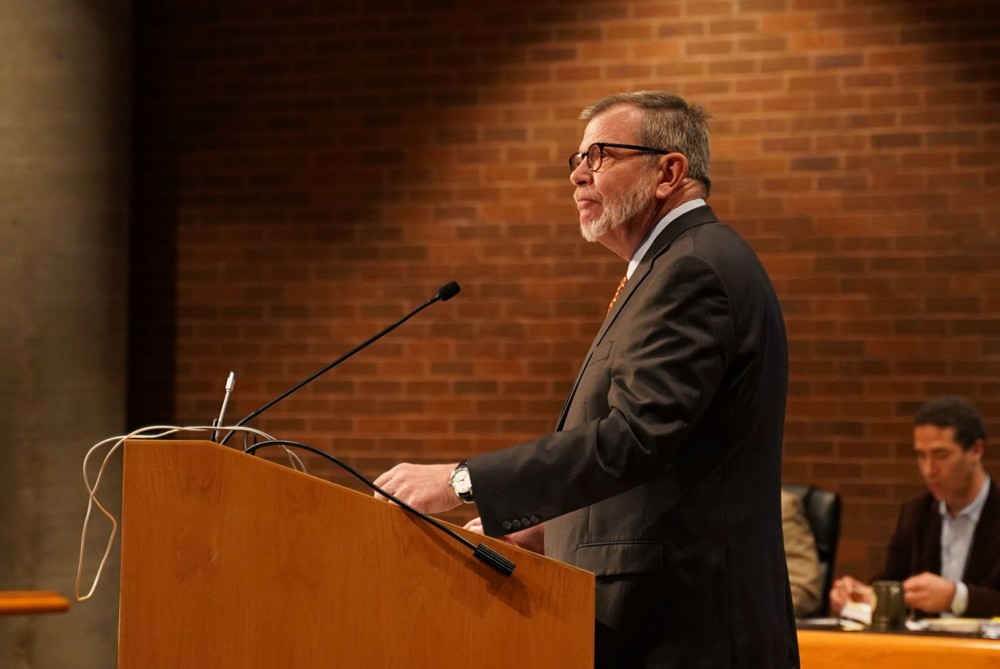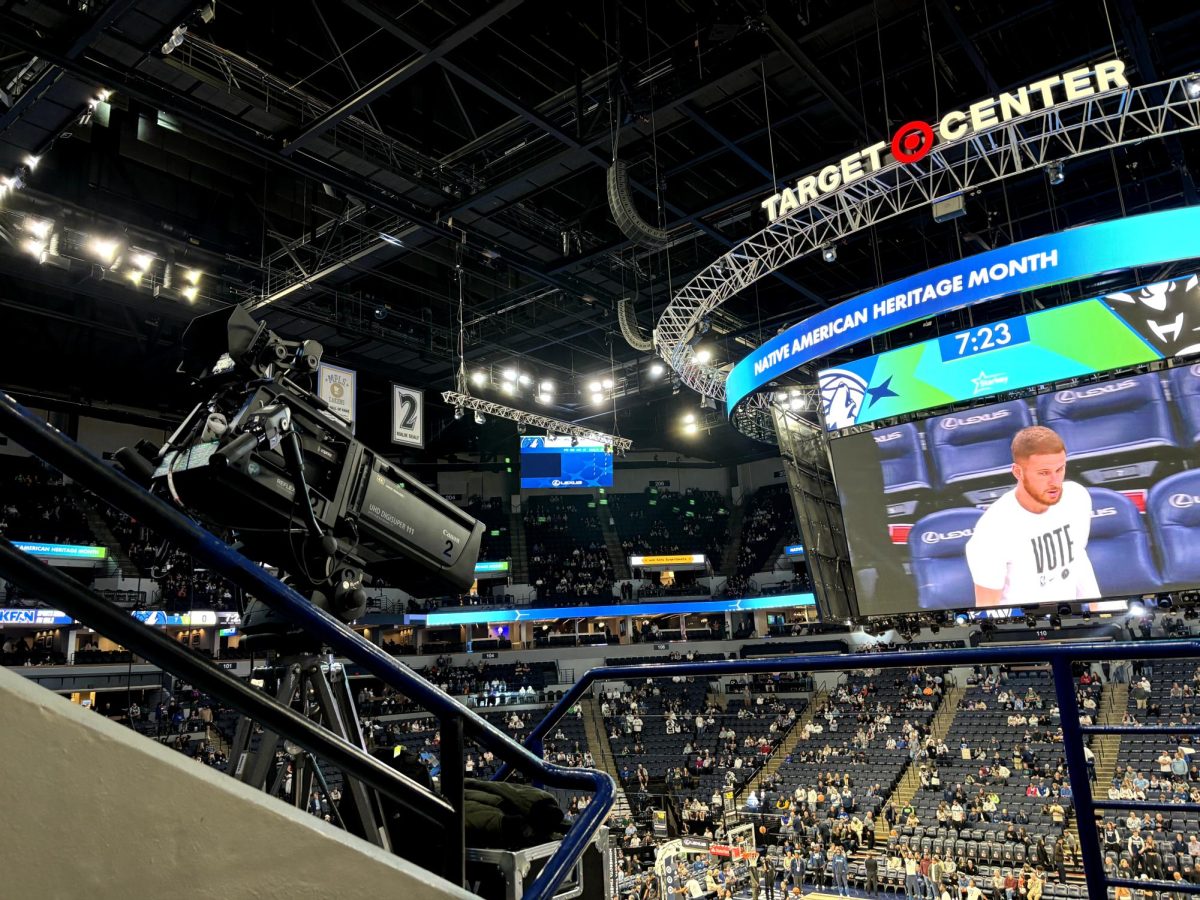At the University Senate meeting in May, senators thanked then-President Eric Kaler for his work with the governing body during his eight years at the University of Minnesota. The prolonged standing ovation brought a tear to his eye.
“You’re seeing a lot of it in these last few months, as he is going through events for the last time,” said Executive Vice President and Provost Karen Hanson. “He was moved to tears at the kind of connection that he had with folks here.”
Having left Morrill Hall for the last time as president last week, Kaler leaves a University that many say is far better than what he inherited. During his tenure, graduation rates increased, the University’s national standing improved and he tried to limit tuition increases while facing underwhelming state support.
In 2013, Kaler announced plans to reduce $90 million in administrative spending over six years after the University was criticized for administrative bloat.
“Some would say he was an engineer in that way, [regents] give him a metric and he’ll figure out how to do it,” said Regent David McMillan. “Not everyone can do that.”
While critics say the cuts are inadequate compared to the University’s nearly $4 billion yearly budget, and reducing administrative spending remains a focus for some on the board as Kaler departs, the University is on track to exceed its goal by about a million dollars this year.
About 71 percent of the class of 2018 graduated in four years, up from about 59 percent in Kaler’s first year as president. Each year under Kaler’s tenure, more students graduated without student debt and during his time, the median amount of debt at graduation decreased by about $2,000.
Kaler is often heralded as a talented fundraiser and works closely with the University Foundation on the Driven campaign, which has a goal to raise $4 billion, a quarter of which is for student scholarships.Foundation President Kathy Schmidlkofer said the last five years are some of the most fruitful for the foundation and the current year is on track to set a record.
Robert McMaster, vice provost and dean of the Office of Undergraduate Education, pointed to access initiatives such as the President’s Emerging Scholars program, which identifies students they believe will be successful, a large percentage of whom are students of color and first-generation students.
For many students, tuition is a central focus. While Kaler has emphasized keeping increases to a minimum, he held it flat for residents during his first three years. Still, non-resident, non-reciprocity students saw steep increases, as they will pay more than $14,000 more per year this fall than when Kaler took over.
In May, the board rejected an effort to rename several buildings on campus, a move Kaler called one of his top priorities before he stepped down.
Many have criticized the haste in which renaming was pushed by Kaler, as well as the lack of vocal support he showed for members of the task force when their academic honesty was called into question. Kaler admitted he could have “slowed the process” to allow more time for regents to engage with members of the task force.
Those working closely with Kaler say his personality isn’t captured in prepared statements and he is a very personable, attentive and funny person.
Minnesota Student Association President Mina Kian said she was able to uniquely relate to Kaler because of their shared engineering background, often joking with each other in semesterly meetings with MSA.
While his response to topics discussed with MSA depended on the issue, Kian said she was encouraged by his response to sexual misconduct problems on campus. After listening to feedback from students, Kian said Kaler was “extremely vocal” and has made meaningful strides to “ensure that our campus is safe for students of all backgrounds.”
Hanson said Kaler truly cherished moments he had with students and is part of the reason he is so eager to get back in the classroom.
“Nobody finishes the job of a University president,” Hanson said. “That’s one of the things that is exciting about it. People make contributions to it … and do their best and then hand over those functions to the next person who will bring their gifts to it.”








